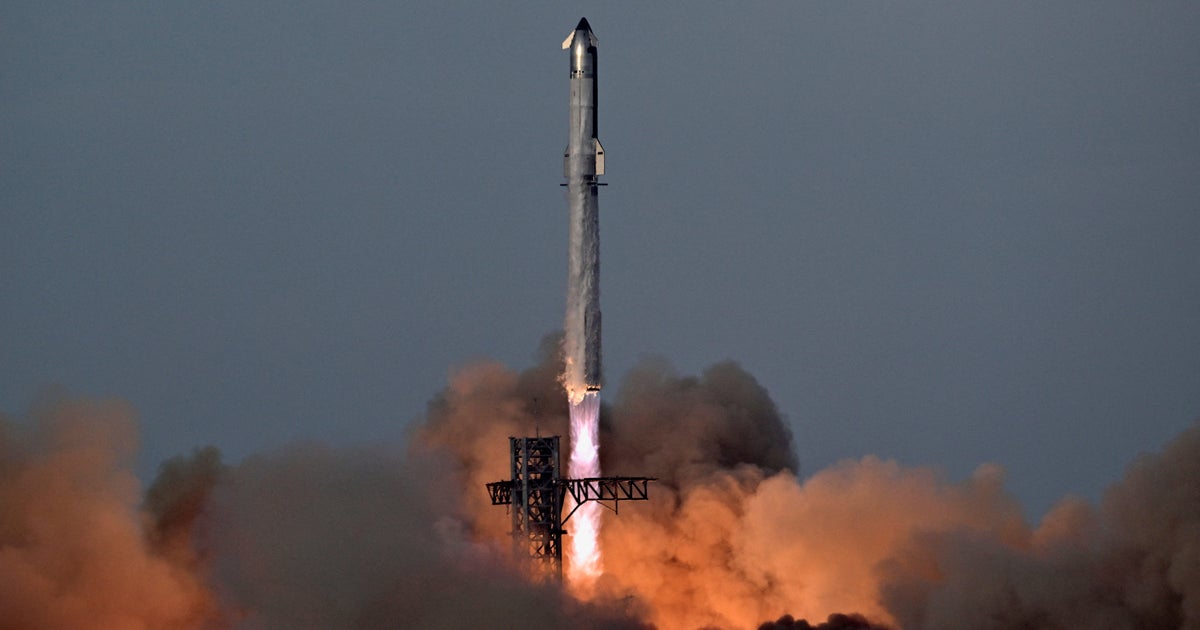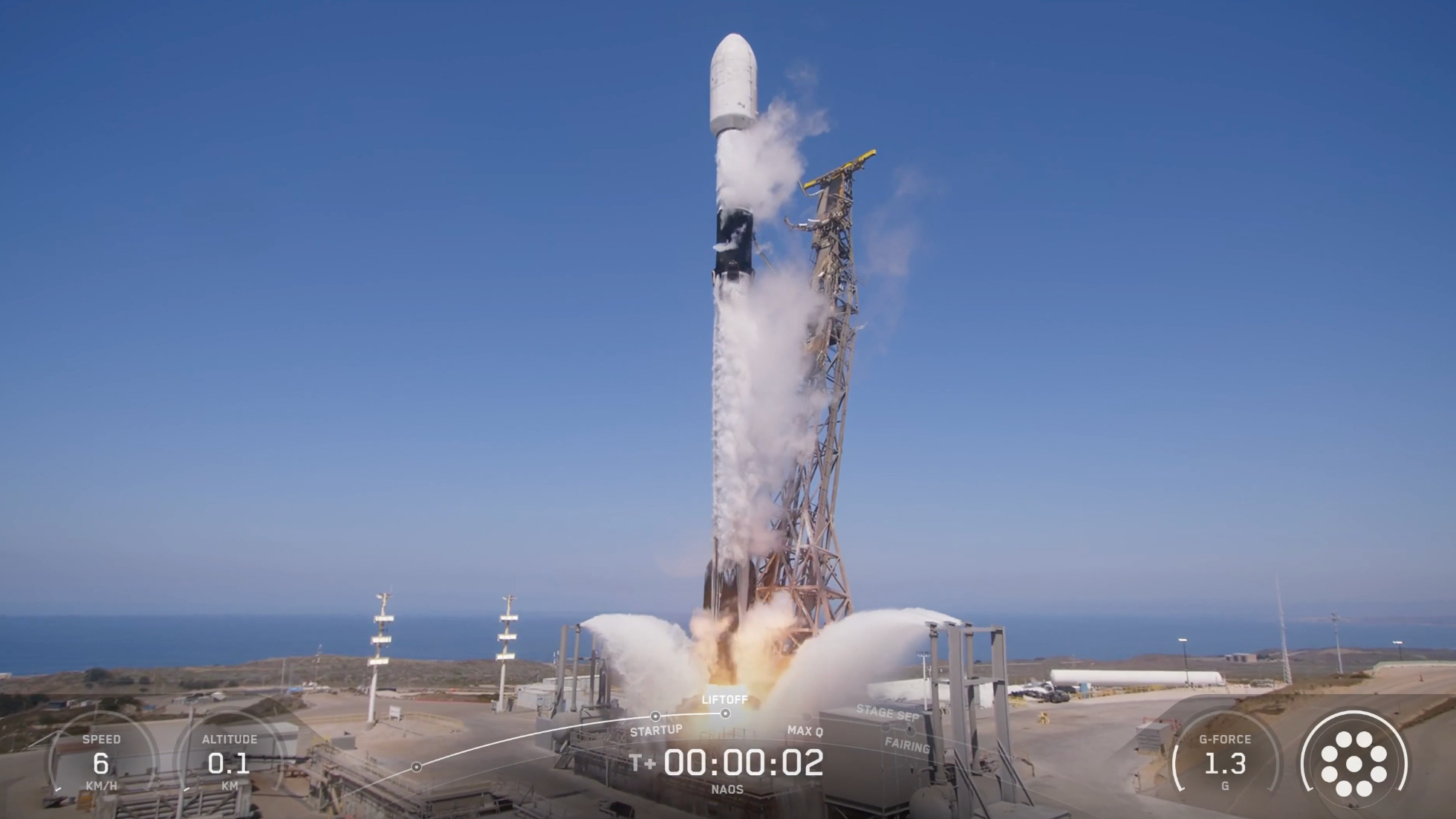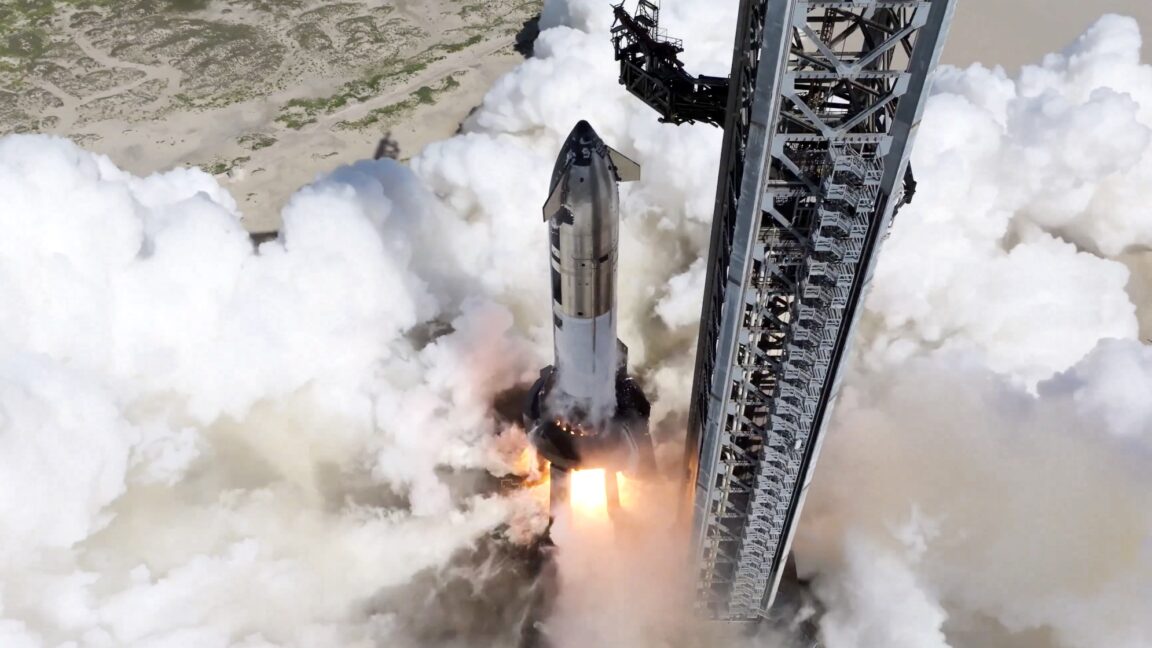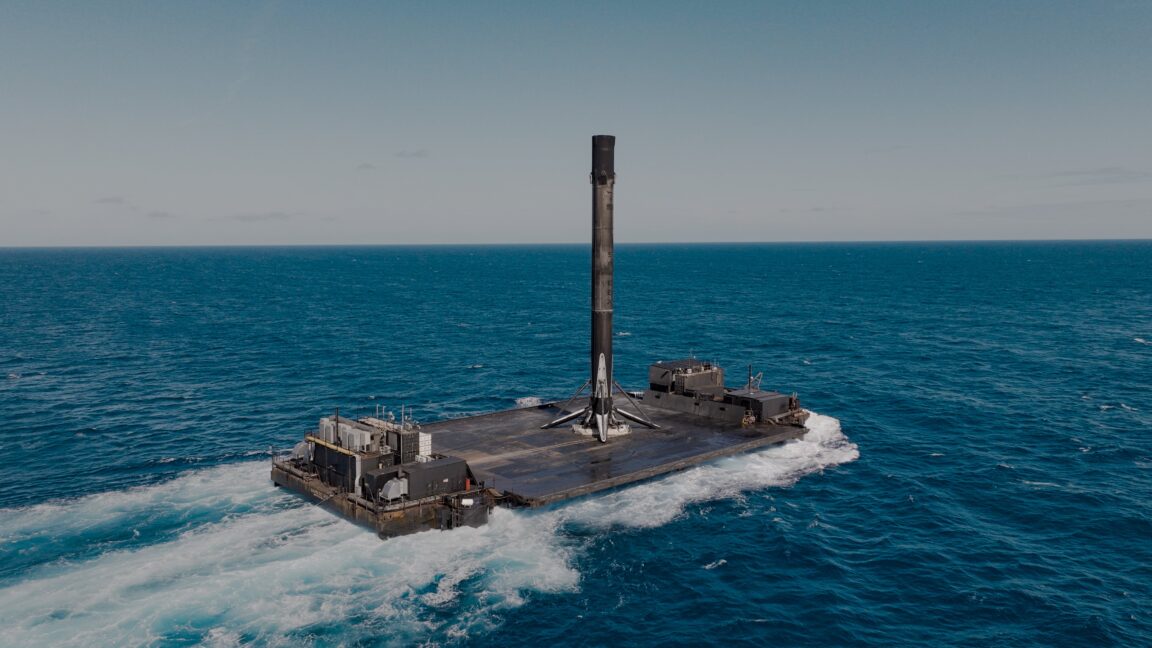SpaceX Successfully Launches Super Heavy-Starship Rocket

Introduction
SpaceX successfully launched its massive Super Heavy-Starship rocket on Tuesday, marking a major milestone for the company after three previous failed attempts earlier this year. The critical test flight was met with excitement and anticipation as the rocket soared into the sky, showcasing the potential for future space exploration.
Key Details
The Super Heavy-Starship rocket stands at an impressive 230 feet tall and is powered by 28 powerful Raptor engines. This test flight was a crucial step in the development of the rocket, which is intended to eventually carry humans to Mars. The success of this launch has boosted confidence in the project and has solidified SpaceX's position as a leader in the space industry.
Impact
This successful test flight is a testament to the hard work and dedication of the SpaceX team. It also proves the company's ability to learn from past failures and overcome challenges. The Super Heavy-Starship rocket has the potential to revolutionize space travel and open up new possibilities for exploration and discovery. This launch has set the stage for future successes and has further solidified SpaceX's place in the history of space travel.
About the Organizations Mentioned
SpaceX
SpaceX is a private aerospace manufacturer and space transportation company founded in 2002 by Elon Musk with the mission to revolutionize space technology and enable human life to become multiplanetary[3]. It designs, manufactures, and launches advanced rockets and spacecraft, pioneering reusable rocket technology to dramatically reduce the cost of access to space. One of SpaceX’s key achievements includes the development and operational success of the Falcon 9 and Falcon Heavy rockets, both featuring reusable first-stage boosters. This reusability has significantly lowered launch costs and increased reliability, enabling frequent commercial, scientific, and government missions. SpaceX has launched over 95 national security missions with these rockets, demonstrating maturity and trust from the U.S. Space Force and other agencies[2]. Another major milestone is the Starlink satellite constellation, with nearly 6,900 satellites currently in orbit as of 2025. Starlink aims to provide global broadband internet service, especially in underserved regions, making it one of the largest satellite constellations in history[1]. This ambitious project also serves as a revenue stream to fund SpaceX’s broader goals. Looking ahead, SpaceX is developing Starship, a next-generation fully and rapidly reusable super heavy-lift launch system designed to carry large payloads and humans to the Moon, Mars, and beyond. Elon Musk envisions Starship enabling mass transport to Mars, with the potential to launch multiple times a day, dramatically increasing total mass sent to orbit annually, far surpassing all previous space launch capabilities combined[1][2]. Pending environmental reviews, Starship’s first launch from Florida’s LC-39A is planned for late 2025[2]. Despite these advances, SpaceX remains privately held, with limited public insight into its financial health. Questions persist around the profitability of Falcon launches, Starlink operations, and future Starship missions, especially given the enormous funding required for Mars colonization[1]. Nonetheless, SpaceX continues to inspire both enthusiasm and debate in the business and technology













